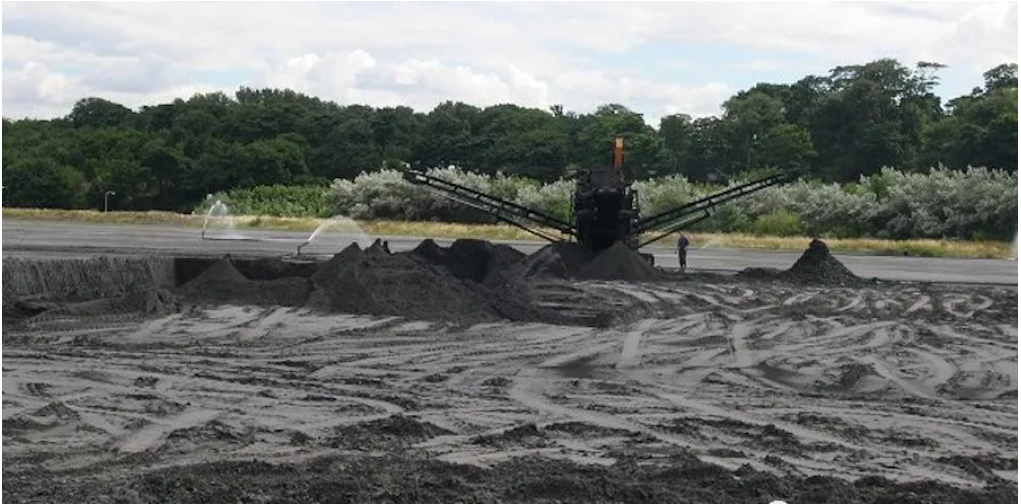
Scientists develop environmentally friendly method for recovering REE from coal fly ash
Researchers at the Georgia Institute of Technology, have developed a simple method for recovering rare earth elements from coal fly ash using an ionic liquid and avoiding hazardous materials.
In a paper published in the journal Environmental Science & Technology, the scientists explain that ionic liquids are considered to be environmentally benign and are reusable. One in particular, betainium bis(trifluoromethylsulfonyl)imide or [Hbet][Tf2N], selectively dissolves rare-earth oxides over other metal oxides.
According to the scientists, the ionic liquid also uniquely dissolves into water when heated and then separates into two phases when cooled. Knowing this, they set up to test if it would efficiently and preferentially pull the desired elements out of coal fly ash and whether it could be effectively cleaned, creating a process that is safe and generates little waste.
To do so, the team pretreated coal fly ash with an alkaline solution and dried it. Then, they heated ash suspended in water with [Hbet][Tf2N], creating a single phase. When cooled, the solutions separated. The ionic liquid extracted more than 77% of the rare-earth elements from fresh material, and it recovered an even higher percentage (97%) from weathered ash that had spent years in a storage pond. The last part of the process was to strip rare-earth elements from the ionic liquid with dilute acid.
The researchers also found that adding betaine during the leaching step increased the amounts of rare-earth elements extracted.
Scandium, yttrium, lanthanum, cerium, neodymium and dysprosium were among the elements recovered.
Finally, the team tested the ionic liquid’s reusability by rinsing it with cold water to remove excess acid, finding no change in its extraction efficiency through three leaching-cleaning cycles.
“This low-waste approach produces a solution rich in rare-earth elements, with limited impurities, and could be used to recycle precious materials from the abundance of coal fly ash held in storage ponds,” the scientists said in a media statement.
The findings could also be crucial for coal-producing regions, such as Wyoming, that are looking to reinvent their local industry in the face of decreasing demand for fossil fuels.